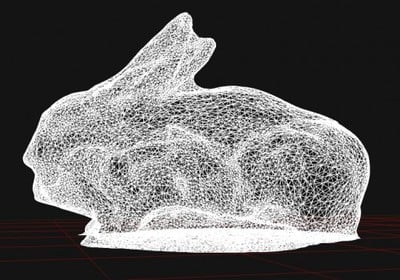 A detailed interview with Liz Neely, Director of Digital Information & Access at the Art Institute of Chicago by Fresh & New reveals some very interesting approaches to art now enabled by inexpensive 3D scanning and 3D printing technology.
A detailed interview with Liz Neely, Director of Digital Information & Access at the Art Institute of Chicago by Fresh & New reveals some very interesting approaches to art now enabled by inexpensive 3D scanning and 3D printing technology. Among the new approaches being investigated by Neely’s team are:
Detailed 3D scanning of Impressionist paintings. Wait! Why 3D scan a 2D object? It turns out that the accuracy of 3D scanning actually reveals much about the strokes used by the original artist to produce the work. In other words, the 2D paintings actually have significant 3D surfaces that can be analyzed.
Sculpture Repository. Using Autodesk’s 123D Catch service to rapidly create a digital library of 3D models for sculptures in the collection.
Sculpture Mashups. If you have a library of 3D models, why not crash them together and see what you can make. It’s commonly done with music and videos today, so why not objects?
Digital Examination. A detailed 3D scan permits very close inspection of an art object that may reveal truths previously hidden, either in technique or assembly.
Bits are so much easier to work with than atoms.
Via Fresh & New

